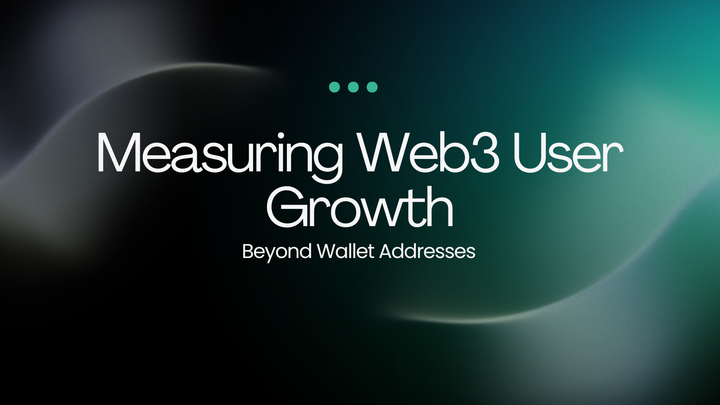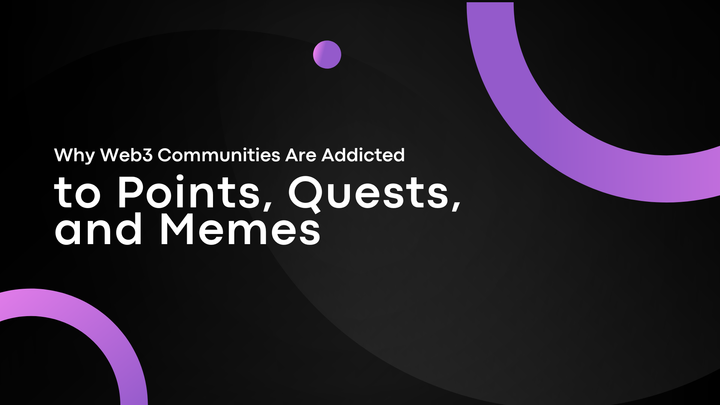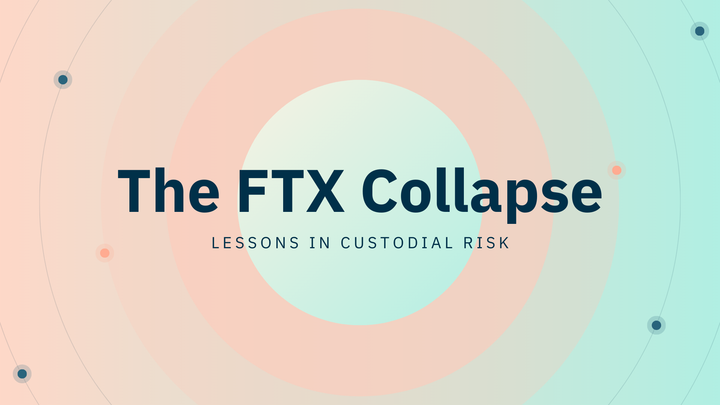The Heart of Unified Liquidity: A Deep Dive into the Mitosis Vaults System
Overview: Unlocking Seamless Capital Flow in a Multi-Chain World
The rapid expansion of the decentralized finance (DeFi) landscape has brought forth a myriad of blockchain networks, each with its unique strengths and specialized applications. While this diversity fosters innovation, it has also led to a significant challenge: liquidity fragmentation. Capital is often siloed across disparate chains, hindering efficiency and creating a disjointed experience for participants. This article will explore the innovative Mitosis protocol and, specifically, its foundational Vaults system. We will dissect how these vaults function as the core mechanism for aggregating and managing Ecosystem-Owned Liquidity (EOL), enabling seamless cross-chain asset mobility and redefining the future of decentralized finance.
Introduction: The Imperative for Unified Liquidity in DeFi
The vision of(https://example.com/defi-explained) has always been to create a global, open, and permissionless financial system. However, as the ecosystem matured, the proliferation of numerous Layer 1s and Layer 2s, each with its own liquidity pools, inadvertently led to a fragmented landscape. This meant that capital was often trapped within specific blockchain silos, limiting its utility and creating inefficiencies. The challenge became clear: how to enable assets to flow freely across this multi-chain environment without compromising security or decentralization. The answer lies in a new generation of infrastructure, with the Mitosis protocol emerging as a key player, offering a novel approach to unify this scattered liquidity.
Mitosis Protocol: Redefining the Liquidity Experience
Mitosis is a pioneering Layer 1 blockchain specifically designed to serve as a dedicated liquidity layer for the entire Web3 space. Its core mission is to address the pervasive problem of liquidity fragmentation by creating a unified, omni-chain liquidity solution. Mitosis aims to redefine the liquidity provision experience for both DeFi projects and individual liquidity providers, making cross-chain liquidity more attractive and efficient. This is achieved through its unique Ecosystem-Owned Liquidity (EOL) model, which pools capital from individual providers under a decentralized governance structure.
Ecosystem-Owned Liquidity (EOL): The Power of Collective Capital
At the heart of the Mitosis protocol's approach is the innovative concept of Ecosystem-Owned Liquidity (EOL). Unlike traditional models that rely on transient incentives, EOL seeks to create a sustainable, community-managed pool of capital accessible across diverse blockchain environments. This model pools liquidity from individual providers under a(https://docs.mitosis.org/concepts/mitosis-dao). This allows individual users to collectively provide institutional-level liquidity, enhancing their bargaining power and benefiting from economies of scale. The goal is to move away from "mercenary capital" towards a more aligned and stable liquidity base.
The Mitosis Vault System: Aggregating Global Liquidity
Central to the Mitosis protocol is the innovative Mitosis Vault system. These vaults serve as the primary conduits through which users contribute assets to the shared liquidity pool managed by the protocol. By depositing assets into a Mitosis Vault on a specific chain (e.g., Ethereum, Linea, Arbitrum, Scroll, BSC, Blast, Mode, Morph, Mantle, OP Mainnet, Manta), users become liquidity providers within the Mitosis ecosystem. This system is designed to be intuitive and accessible, abstracting away much of the underlying complexity of cross-chain operations for the end-user.
miAssets: The Key to Seamless Cross-Chain Mobility
Upon depositing assets into a Mitosis Vault, users receive miAssets. These are canonical, 1:1 representations of the deposited assets within the Mitosis ecosystem (e.g., depositing weETH yields miweETH). The creation and fungibility of miAssets are critical steps in enabling seamless cross-chain liquidity. Instead of moving the original, native asset directly (which often involves complex and potentially risky bridging), users can transfer and utilize the corresponding miAssetacross various integrated chains and layers, effectively creating a single, unified pool of liquidity.
DAO Governance: Empowering Liquidity Providers
The Mitosis protocol operates under a decentralized governance model, specifically a(https://docs.mitosis.org/concepts/mitosis-dao). Holders of miAssets are granted voting rights within this DAO, empowering them to participate in key decisions regarding the protocol's development and, crucially, the allocation and management of the pooled liquidity within the Mitosis Vaults. This community-driven approach ensures that the liquidity is directed in a manner that best serves the collective interests of the ecosystem, optimizing capital efficiency across integrated chains and fostering stability.
How does Mitosis's Ecosystem-Owned Liquidity (EOL) model fundamentally change the risk-reward profile for individual liquidity providers compared to traditional DeFi liquidity pools?
Benefits for Liquidity Providers: Multi-Chain Yields and Airdrops
Participating in Mitosis Vaults offers compelling benefits for liquidity providers. Users can earn multi-chain yields as rewards, simplifying the process of optimizing returns across different networks without manually comparing yields. Furthermore, through campaigns like Mitosis Expeditions, users who deposit liquidity into these vaults can accumulate MITO Points, which grant them eligibility for(https://support.bitrue.com/hc/en-001/articles/41380420224153-Mitosis-Airdrop-How-to-Earn-MITO-Points-and-Unlock-Rewards). Mitosis's extensive network of partnerships also allows users to potentially access multiple airdrops from various protocols through a single deposit into a Mitosis vault.
Vault Creation Process: Community-Driven Expansion
The creation of new Mitosis Vaults is a community-driven process, reflecting the decentralized ethos of the protocol. Protocols interested in having a vault on the platform must first undergo discussions in the Mitosis forum. Following these forum discussions, a formal proposal for the vault is put to an initiation vote. If the proposal receives a sufficient number of votes from miAsset holders, the vault is officially listed and added to the Mitosis platform, making it available for users to deposit their liquidity. This ensures that the expansion of the vault system is aligned with community needs and demand.
Mitosis's Interoperability Backbone: Morse and Hyperlane
To facilitate the seamless and secure movement of miAssets across different blockchain environments, Mitosis leverages robust and secure interoperability protocols. Protocols like Morse and Hyperlane provide the underlying infrastructure for secure cross-chain messaging and asset transfers. This ensures that miAssets can be reliably moved between chains without compromising security or incurring excessive costs and delays often associated with traditional, less secure bridging solutions.
Mitosis's Impact: Reshaping the DeFi Landscape
By providing a unified liquidity layer, Mitosis is actively reshaping the(https://example.com/defi-landscape-impact). It enhances market depth, reduces slippage, and improves capital efficiency across the entire multi-chain ecosystem. Projects can attract liquidity more easily, and users can access a wider range of opportunities without the friction of fragmented capital. This approach fosters greater financial inclusion by removing barriers created by traditional intermediaries and complex cross-chain operations, making DeFi more accessible and efficient for everyone.
Mitosis's Growth and Milestones: Building Trust and Traction
Since its launch, Mitosis has achieved significant milestones, demonstrating its growing influence and the trust the community places in its vision. The protocol has rapidly accumulated substantial(https://defillama.com/protocol/mitosis) across various chains, reflecting strong liquidity provider confidence. Furthermore, Mitosis has successfully secured significant venture capital funding from prominent investors, validating its innovative approach to liquidity management. Its rapid community growth and viral social engagement further underscore its traction in the competitive Web3 space.
Integration with Modular Blockchains: Capturing TVL and Users
Mitosis is specifically designed as an Ecosystem-Owned Liquidity (EOL) Layer 1 blockchain to capture TVL and users for new modular blockchains. By offering a ready-made solution for deep, unified liquidity, Mitosis helps these emerging chains overcome the challenge of bootstrapping liquidity from scratch. This symbiotic relationship allows modular blockchains to focus on their core functionalities while relying on Mitosis to provide the essential capital infrastructure, thereby accelerating their growth and adoption within the broader Web3 ecosystem.
Future Vision: A Unified and Resilient DeFi Landscape
The era of liquidity fragmentation in DeFi is gradually giving way to a more interconnected and resilient future, largely thanks to innovations like the Mitosis protocol. As Mitosis continues to expand its reach across various blockchain networks and attract more Ecosystem-Owned Liquidity (EOL), the vision of a truly unified decentralized financial system becomes increasingly tangible. This seamless flow of capital will not only benefit individual users and protocols but also strengthen the entire Web3 ecosystem, making it more robust against market volatility and external shocks.
Conclusion: The Vaults System as a Cornerstone of DeFi's Future
The journey of(https://example.com/defi-explained) has been marked by incredible innovation, but also by the persistent challenge of liquidity fragmentation. Before solutions like Mitosis emerged, DeFi participants navigated a complex and often inefficient landscape of siloed capital and costly cross-chain operations. Mitosis has stepped in to fundamentally reshape this reality with its Ecosystem-Owned Liquidity (EOL) model, powered by its central Vaults system. By creating a unified, community-managed liquidity layer accessible across diverse blockchain networks, Mitosis is paving the way for a more efficient, accessible, and resilient decentralized financial system, truly realizing the promise of a global, interconnected Web3 economy.
Reflect and Discuss:
- What are the primary technical challenges that Mitosis must overcome to ensure the long-term security and scalability of its unified liquidity layer across an ever-growing number of blockchains?
- How might the widespread adoption of Ecosystem-Owned Liquidity (EOL) models impact the business models of traditional centralized exchanges and bridging solutions?
- What new types of(https://example.com/defi-applications) or financial instruments could emerge as a direct result of truly unified, cross-chain liquidity provided by protocols like Mitosis?
- How can the(https://docs.mitosis.org/concepts/mitosis-dao) effectively manage the allocation of its pooled liquidity to optimize returns while maintaining decentralization and community alignment?
- What are the potential risks associated with concentrating a significant portion of Web3's liquidity within a single protocol like Mitosis, and how can these risks be mitigated?



Comments ()